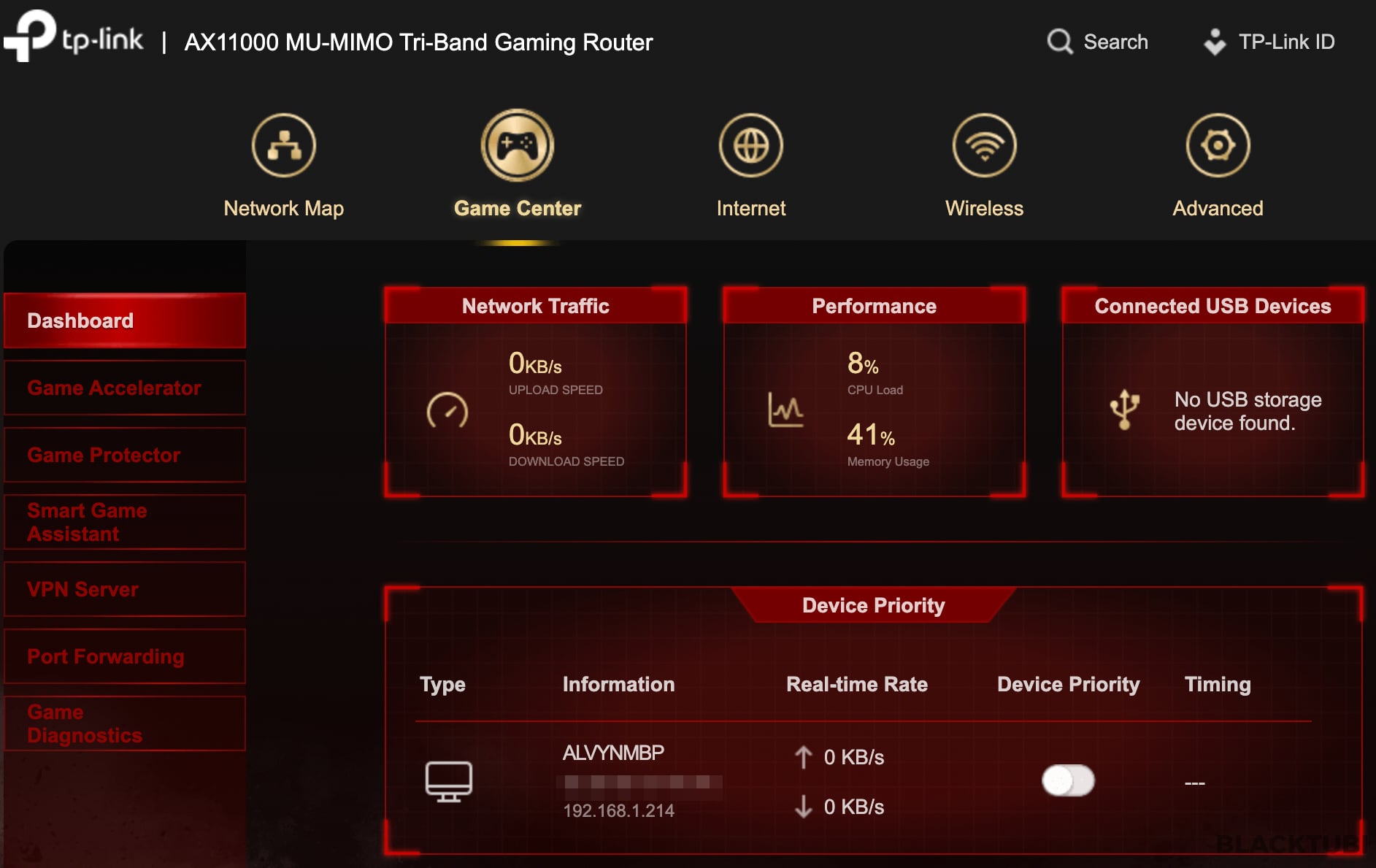

Perhaps the only downside was that Asus doesn't include a wall mount as an option, meaning you have to stand the device on a surface.Wi-Fi 6EIEEE 802.11ax 6 GHzIEEE 802.11ax/ac/n/a 5 GHzIEEE 802.11ax/n/b/g 2.4 GHzĪX110006 GHz: 4804 Mbps (802.11ax, HE160)5 GHz: 4804 Mbps (802.11ax, HE160)2.4 GHz: 1148 Mbps (802.11ax)Ĩ× Detachable High-Performance AntennasMultiple antennas form a signal-boosting array to cover more directions and large areasBeamformingConcentrates wireless signal strength towards clients to expand WiFi rangeHigh-Power FEMImproves transmission power to strengthen signal coverage4T4RMultiple streams in the same band strengthen the fault tolerance in transmission On the top end, the TP-Link was faster and could handle more devices simultaneously, which is exactly what it was designed to do, but for the vast majority of tasks, the RT-AC86U was excellent, sending fast broadband into the depths of our testing facility. In use, both the TP-Link and Asus performed exceptionally well.

For most people, the AX11000 is likely too much, though, and the Asus is therefore a safer choice. We personally quite like both of these designs and because they're so similar, the choice becomes a little bit easier. In some ways, the RT-AC86U looks like the little brother of the AX11000, carrying over the same red and black design and antennas that broadcast Wi-Fi around the place. (And, let's be honest, that's the most likely place it'll be.)Īsus has gone for a slightly more subtle look but not by much.
#Archer ax11000 Pc#
The AX11000 unlikely to fit in too well with a really minimalist house, but alongside a big PC case and Alienware keyboard, we think it fits. And it works, in our view: the design of the AX11000 is so out there that we don't mind it. When it comes to the physical designs of these two, you get the sense that the designers at TP-Link were huge Star Wars fans who decided to go wild. (Image credit: TP-Link) TP-Link Archer AX11000 vs Asus RT-AC86U: design and use Find the best broadband deals – constantly updating.But for some, there is a difference and to them we recommend going for the TP-Link. As we say, the biggest thing with the RT-AC86U isn't the specs – which are very respectable – but the fact that you get such high-end features in a low-cost router.īoth of these are very capable routers and for most people, the difference between 2.9 Gbps and 11 Gbps is fairly small, especially if your internet provider isn't the best. Off the bat, you get a maximum bandwidth of 11 Gbps, a quad-core 1.8GHz processor, and eight Ethernet ports, so pretty much everything you need.Īsus has been a bit more reserved, offering a 2.9 Gbps maximum bandwidth, a dual-core 1.8GHz processor, and four Ethernet ports. In terms of raw specs, TP-Link has really pulled out all the stops.

Unless you need the very best, the Asus RT-AC86U will do the job. The differences between these two routers are fairly pronounced and for good reason: TP-Link's is aimed at the very top of the market, including pretty much everything you could possibly need, while Asus' is firmly focused on being the best budget router going.Īnd they both succeed at their respective jobs, which could well make your decision a lot easier. (Image credit: ASUS ) TP-Link Archer AX11000 vs Asus RT-AC86U: features


 0 kommentar(er)
0 kommentar(er)
